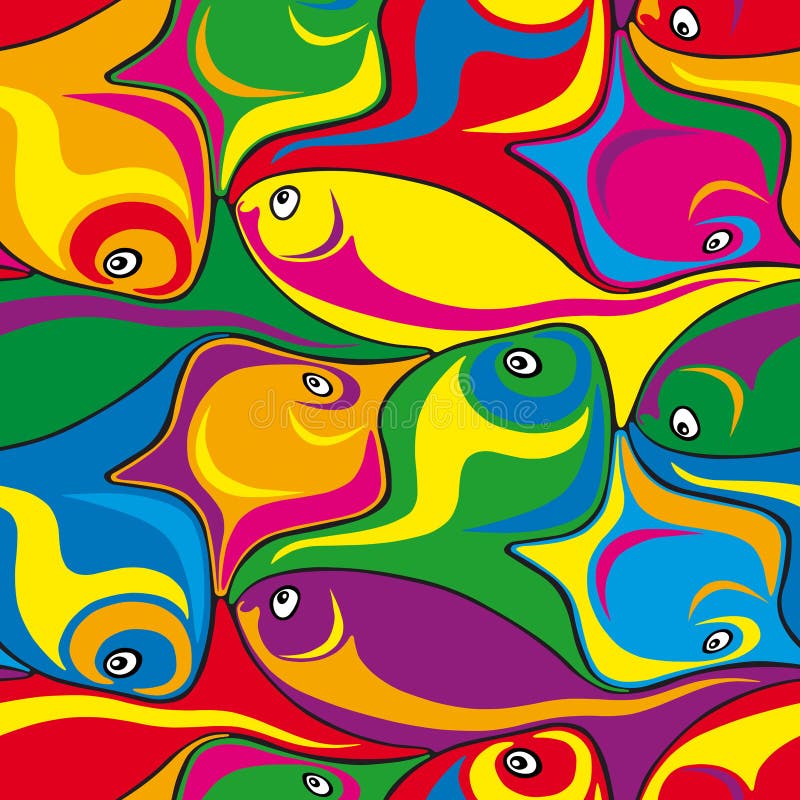


Eric Gjerde’s web site has many crease patterns.Read about Rikki Donachie’s first tessellation which took 3 hours of creasing and over 4 hours of paper-coercion.Three words of advice: patience, practice, and perseverance. Often, the pre-creased paper needs to be jiggled and tugged to coerce it into its final shape. Alternatively, begin working from one edge of the paper and extend towards the opposite edge.

When folding the pre-creased paper into the final model, it sometimes works best to start from the center of the paper and work outwards.

Here is a self portrait, sitting in a bar, reading his own book, and calling the waiter with his finger.Before you read about origami tessellations, do you know what is a tessellation? If not, please read this section first. Nicolas has – like Escher – no background in maths, but says all that is required is a sense of wonder and a desire to always do better. “His work has everything, recognisable silhouettes, quality, variety, number, level of innovation, next to no padding, and all rendered to a most pleasing standard of finish. It takes a lot of geometrical acuity to make shapes that fit together and are convincing representations.ĭavid Bailey, a British tessellation artist, believes that Nicolas is the best tessellation artist in the world. You can see many of them on his extensive website (but don’t peek until you have solved the puzzles!).ĭrawing tessellations is not easy. Now retired, he spends half his free time designing tessellations and recently finished his 400th. Nicolas’ work is also stunning and witty. Escher’s tessellations of interlocking birds, fish and lizards are some of the most recognisable mathematical art of the twentieth century striking and playful as well as breathtakingly ingenious. Red and green fish Illustration: Alain NicolasĪlain Nicolas, aged 73, was inspired to create his own tessellations on seeing the work of Escher four decades ago.


 0 kommentar(er)
0 kommentar(er)
